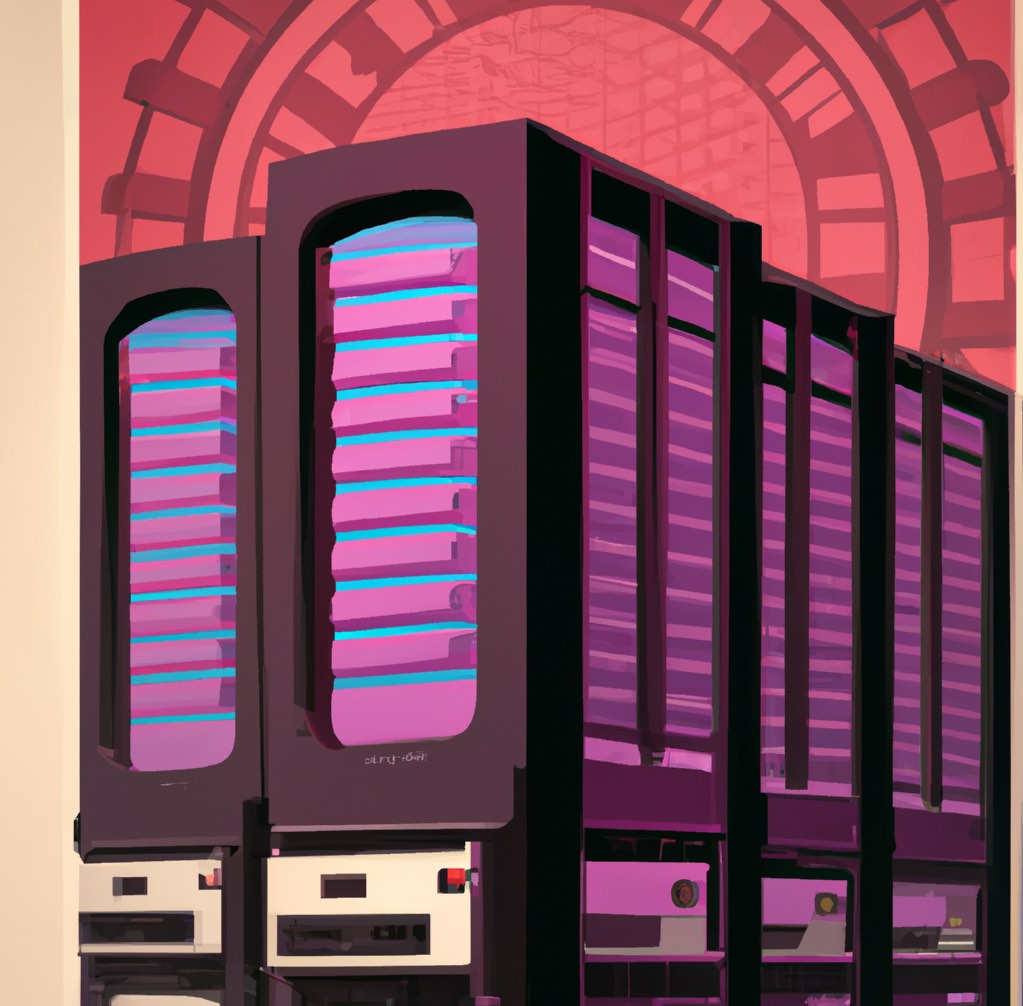Kubernetes, Airflow, Docker, Terraform, and AWS Lambda are all different technologies, but they are often used together to build and deploy applications in a cloud-native environment.
- Kubernetes is an open-source container orchestration system for automating the deployment, scaling, and management of containerized applications.
- Airflow is an open-source platform to programmatically author, schedule, and monitor workflows.
- Docker is a tool designed to make it easier to create, deploy, and run applications by using containers. Containers allow a developer to package up an application with all of the parts it needs, such as libraries and other dependencies, and ship it all out as one package.
- Terraform is an open-source tool for building, changing, and versioning infrastructure safely and efficiently. It can be used to manage popular service providers as well as custom in-house solutions. It uses a configuration file written in the HashiCorp Configuration Language (HCL) to describe the desired state of the infrastructure, and it can also roll back changes and version the infrastructure.
- AWS Lambda is a compute service that lets you run code without provisioning or managing servers. You can use AWS Lambda to run your code in response to events, such as changes to data in an S3 bucket or a new line of a stream in Amazon Kinesis.
